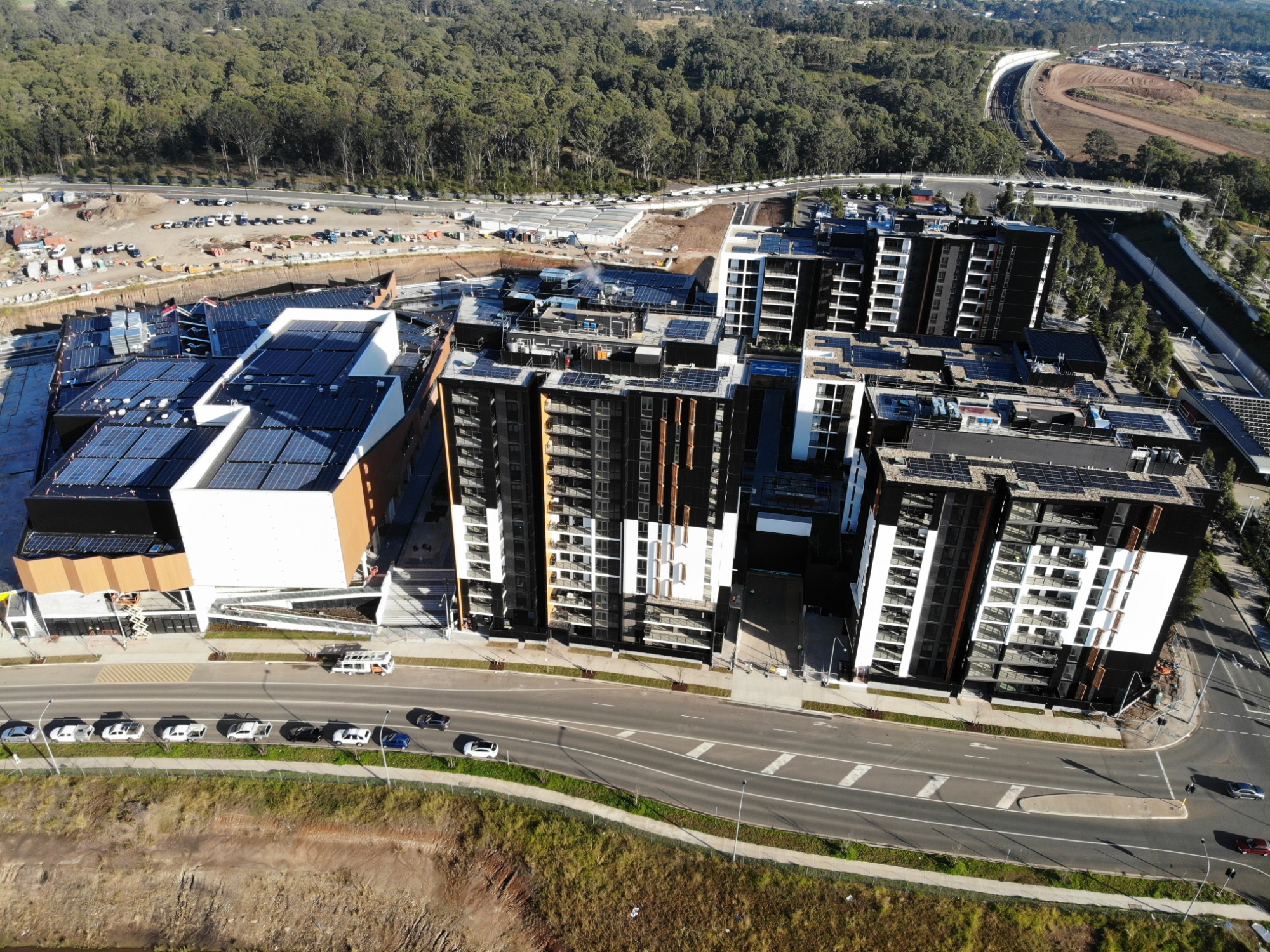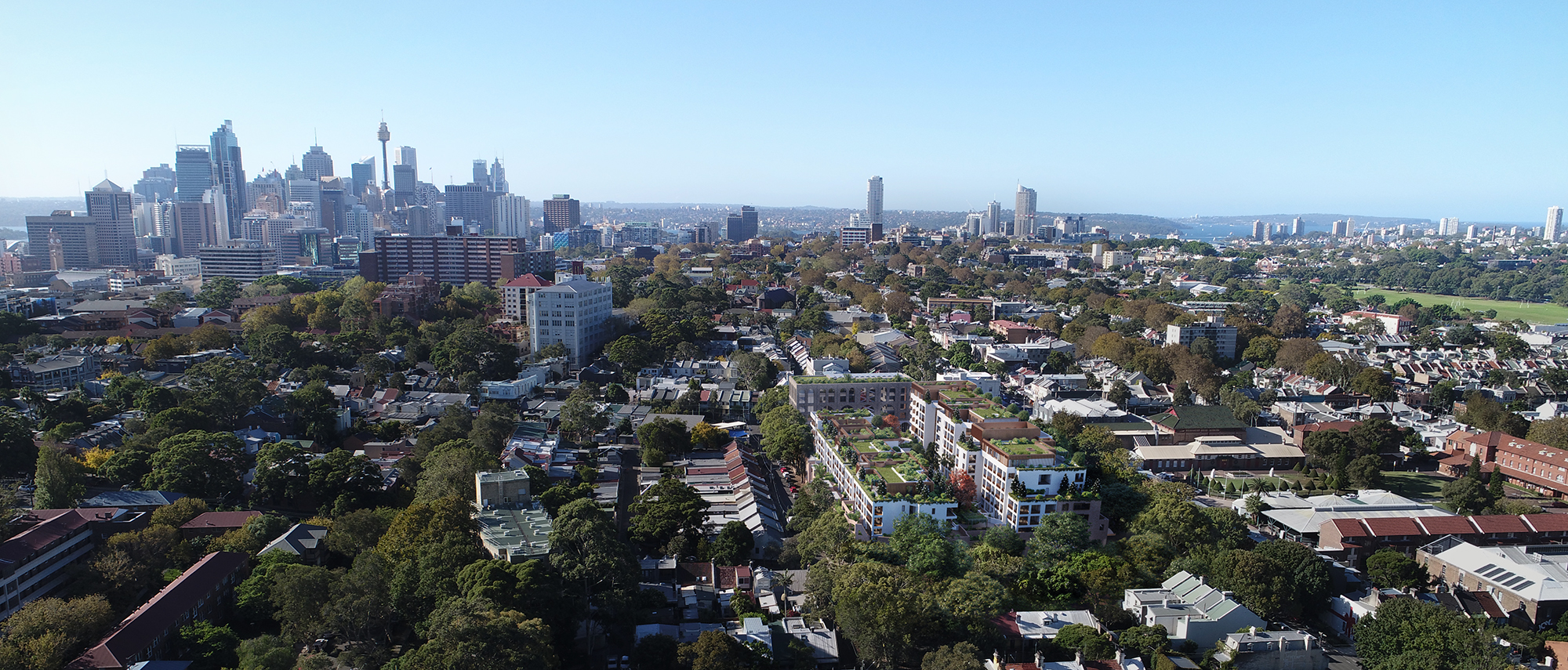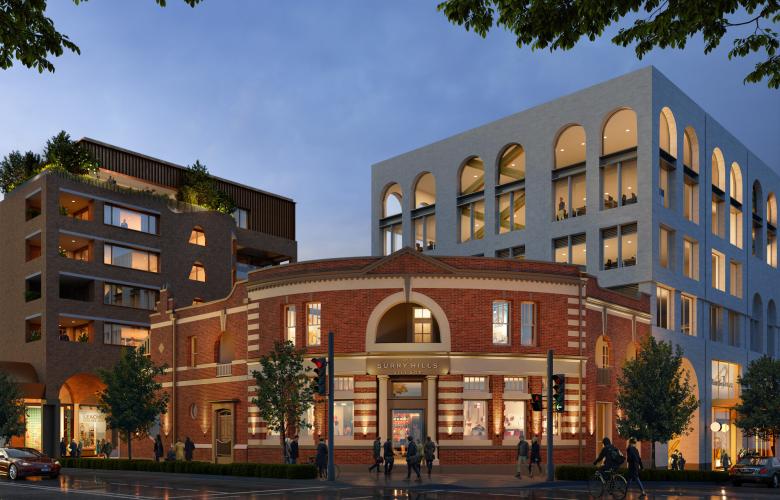Upscaling trend of mixed-use projects 'good for retail' - Savills
Contact
Upscaling trend of mixed-use projects 'good for retail' - Savills
Mixed-use developments are becoming more and more prevalent in large cities, driven by demand for housing near city centres and the need to add value to existing shopping centres with larger scale and more sophisticated schemes, Savills Australia says.
An upscaling trend is allowing mixed-use projects to "come of age" and respond to the changing consumer demands of burgeoning inner-city locations, Savills Australia says.
The property company reports that larger owners are now devising creative ways to engage with shoppers and improve amenity, with schemes involving uses such as residential, office, childcare, dry cleaning or even cinemas and five-star hotels.
Savills anticipates that ongoing population growth will maintain upward pressure on inner and middle ring suburban house prices - a major driver for increasing housing density in these areas.
At a glance:
- Savills Australia has reported a rise in mixed-use owners finding new ways to engage with consumers, with schemes involving uses such as residential, office, childcare, dry cleaning or even cinemas and five-star hotels.
- According to the company, mixed-use schemes also provide existing owners of much larger properties the opportunity to add value, with owners recognising that certain mixed uses can complement the existing asset.
- National Director of Retail Investments as Savills Australia, Steven Lerche, said retail REITs were also becoming increasingly active in mixed-use development.

Savills Australia Director of Retail Investments Rick Silberman. Source: Savills
Director of Retail Investments Rick Silberman said in order to facilitate the growth, local councils often rezoned land from other uses such as detached housing or industrial to Mixed Use, a move that "almost invariably" gives rise to higher land values.
"The uplift is largely due to the profitability of medium density development and provides an impetus for owners to sell or redevelop the land," he said.
“Northcote Plaza Shopping Centre is next in line to experience one of these mixed-use transformations with plans recently lodged by Les Smith of LAS Group for a $500m redevelopment including residential apartments, office and retail”.

Frasers Property's Ed.Square development in Edmonson Park. Source: Frasers Property
Mr Silberman, who sold the K-mart and Coles to LAS Group for a combined $39m, said major infrastructure, particularly train lines, had become another key driver for mixed-use schemes.
"A good example is Ed.Square by Frasers in Edmonson Park, where over 900 apartments are slated in a major development.
"The project also includes a Coles anchored shopping centre, cinema and 150-bed hotel and is set to benefit from the yet to be built Edmonson Park Train Station”.

An artist's impression of the completed development at Surry Hills. Source: Toga Group
According to Savills, mixed-use schemes also provide existing owners of much larger properties the opportunity to add value, with owners recognising that certain mixed uses can complement the existing asset, such as adding residential units above an existing shopping centre to boosts retail demand in the immediate catchment.
National Director of Retail Investments as Savills Australia, Steven Lerche, identified Surry Hills Shopping Village as an example of an older style asset, where a complete demolition of the centre was required for redevelopment.
"Toga group now have planning approval for the demolition of the old centre to make way for a new mixed-use development," he said.

Savills Australia National Director of Retail Investments Steven Lerche. Source: Savills
“The project comprises a Coles-anchored supermarket, strata offices and several medium-rise apartment buildings with circa 150 units.
"The development will retain certain heritage elements, providing a tangible link to the past, and activate the retail component with ‘Melbournesque’ retail laneways”.
Mr Lerche added retail REITs were also becoming increasingly active in mixed-use development, with Mirvac’s ‘South Village’ in Kirrawee - a ground-level neighbourhood centre anchored by Aldi and Coles, 27 specialty shops, a childcare centre, with residential units above - illustrating how mixed-use projects could create positive synergies, with more to follow when the residential component completes.
“Mixed-use supermarket retail development is not just isolated to the east coast either, with Primewest set to deliver a new Coles Supermarket within their development in Perth’s Shenton Park," he said.
Similar to this:
Australia's retail landscape not all 'doom and gloom'







